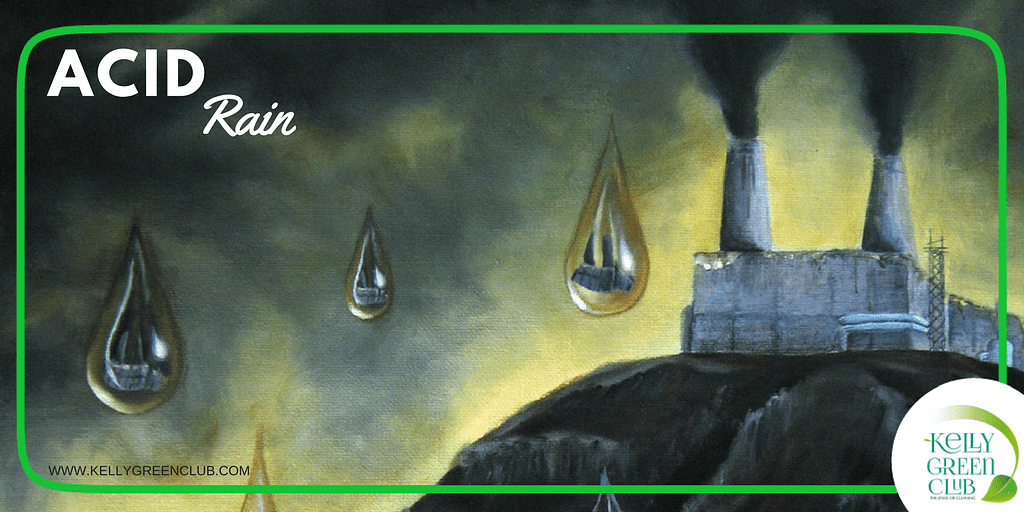Acid rain is made up of water droplets that are unusually acidic because of atmospheric pollution, most notably the excessive amounts of sulfur and nitrogen released by cars and industrial processes. It is easily defined as rain, fog, sleet or snow that has been made acidic by pollutants in the air as a result of fossil fuel and industrial combustions that mostly emits Nitrogen Oxides (NOx) and Sulfur Dioxide (SO2)Acidity is determined on the basis of the pH level of the water droplets.
Acid rain is also called acid deposition because this term includes other forms of acidic precipitation such as snow.
Today, acid deposition is present in the northeastern United States, southeastern Canada, and much of Europe including portions of Sweden, Norway, and Germany.
In addition, parts of South Asia, South Africa, Sri Lanka, and Southern India are all in danger of being impacted by acid deposition in the future.
Causes and Effects of Acid Rain
Human activities leading to chemical gas emissions such as sulfur and nitrogen are the primary contributors to acid rain. The activities include air pollution sources emitting sulfur and nitrogen gases like factories, power generations facilities, and automobiles. In particular, use of coal for electrical power generation is the biggest contributor to gaseous emissions leading to acid rain.
The existing winds blow these acidic compounds over large areas across borders and they fall back to the ground in the form of acid rain or other forms of precipitation. Upon reaching the earth, it flows across the surface, absorbs into the soil and enters into lakes and rivers and finally gets mixed up with sea water.
As this acidic liquid flows into larger bodies of water. It is estimated that around 50,000 lakes in the United States and Canada have a pH below normal (about 5.3 for water). Several hundred of these have a pH too low to support any aquatic life.
Aside from aquatic bodies, acid deposition can significantly impact forests.
The major natural causal agent for acid rain is volcanic emissions. Volcanoes emit acid producing gases to create higher than normal amounts of acid rain or any other form of precipitation such as fog and snow to an extent of affecting vegetation cover and health of residents within the surrounding.
Damage to forests by acid rain is seen all over the world, but the most advanced cases are in Eastern Europe. It’s estimated that in Germany and Poland, half of the forests are damaged, while 30% in Switzerland have been affected.
Finally, acid deposition also has an impact on architecture and art because of its ability to corrode certain materials. As acid lands on buildings (especially those constructed with limestone) it reacts with minerals in the stones sometimes causing them to disintegrate and wash away. Acid deposition can also cause concrete to deteriorate, and it can corrode modern buildings, cars, railroad tracks, airplanes, steel bridges, and pipes above and below ground.



